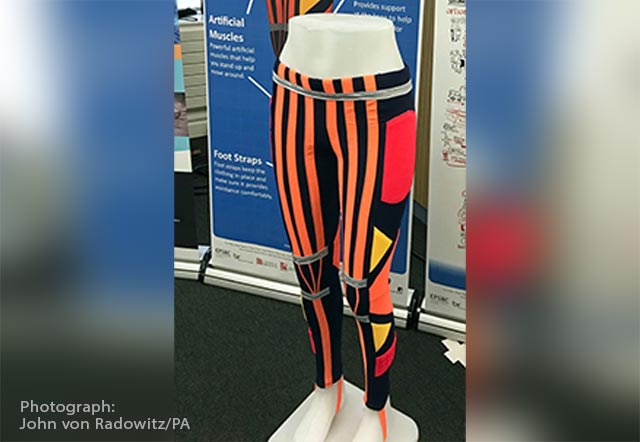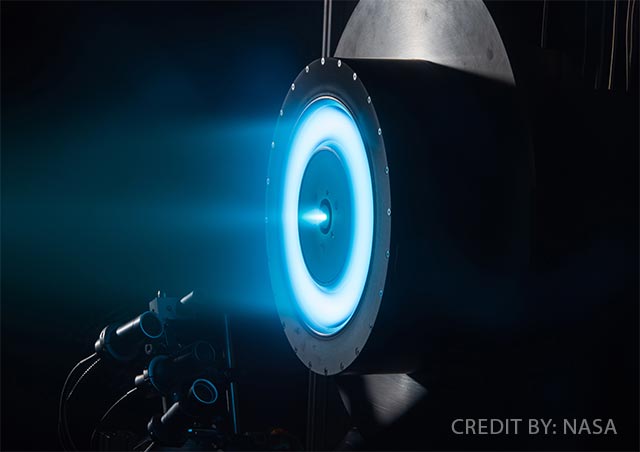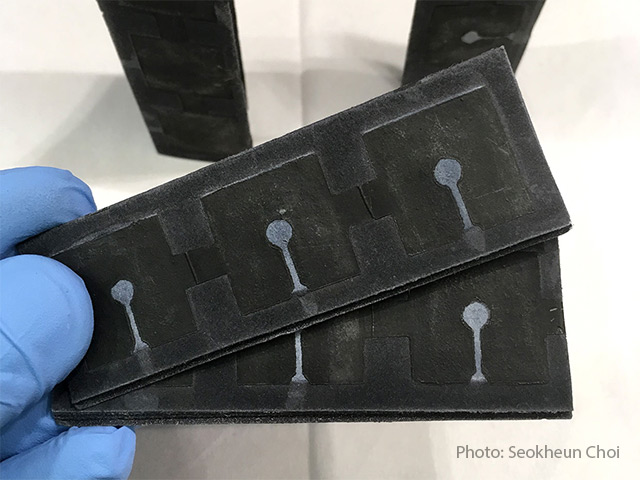Milestone: Long-wavelength terahertz spectroscopy can now detect the motion of single molecules
12/09/2018 / By RJ Jhonson

Radiation in the terahertz (THz) region is a lesser-used form of light because of its very long wavelengths. Experts used to think THz was too long to be focused accurately on single molecules. A breakthrough from the University of Tokyo’s Institute of Industrial Science (IIS) dispelled this notion, creating a method using THz radiation so sensitive, it can detect the tunneling of a single electron.
The revolutionary method uses a single-molecule transistor. On each side adjacent to it are two metal electrodes, one of which acts as the source and the other, the drain. These are all placed on a thin metal wafer, forming the shape of a bowtie.
Single molecules of C60 or fullerene are deposited in the very minute gasps located between the source and drain electrodes, which also serve as the antennas into the fullerene molecules.
“The fullerenes absorb the focused THz radiation, making them oscillate around their center-of-mass,” explains Shaoqing Du, the first author of the study. “The ultrafast molecular oscillation raises the electric current in the transistor, on top of its inherent conductivity.”
This method is so sensitive that it successfully detected the moment of breakage in the absorption peak. Its interaction with the radiation caused the fullerene molecule to oscillate on the surface of the metal electrode. The electron in the electrode absorbs the molecule’s vibration and becomes stimulated. This stimulated electron burrows into the C60 molecule, giving it a negative charge. A negatively charged C60 molecule absorbs a different frequency of THz radiation, and the method was able to detect this.
The new approach is hailed for having provided insight into the process of tunneling. It is believed to have the potential to open THz spectroscopy to further usage and study. (Related: Full-body scanners used on air passengers may damage human DNA.)
What is spectroscopy?
Spectroscopy is the study of the interaction between matter and the different types of electromagnetic radiation, such as light. It has many applications, among which is the precise identification of the unique structures of atoms. For instance, it can be used to detect the presence and identity of trace elements in any material, even those of an unknown chemical composition.
This particular application is being taken advantage of in astronomy where the distance of the objects of study – the stars and planets, for example – prevent actual physical investigations. The analysis of spectral emissions from faraway galaxies provided support to the theory of an ever-expanding universe.
The area of spectroscopy that uses THz radiation is being investigated for its different real-world applications. Some studies are discussing its value in biomedical research, as well as its safety and potential effects on human health.
The sensitivity of THz radiation is also being looked into as the key to advanced imaging and sensing systems for use in construction. In this study, the researchers concluded that there is much potential for THz to be used in building useful advanced construction tools and equipment.
On a related note, THz technology has found much use in security. Considered as a non-invasive sensing method, it is being studied for its potential use in detecting concealed substances under paper, cardboard, and even plastic. Especially intriguing is the possibility of using it to safely find narcotics and explosives.
Get the latest updates on great science discoveries at Scientific.news.
Sources include:
Tagged Under: breakthrough, Chemistry, discoveries, physics, science and technology, spectroscopy, terahertz, terahertz application, terahertz technology, terhartz spectroscopy


















